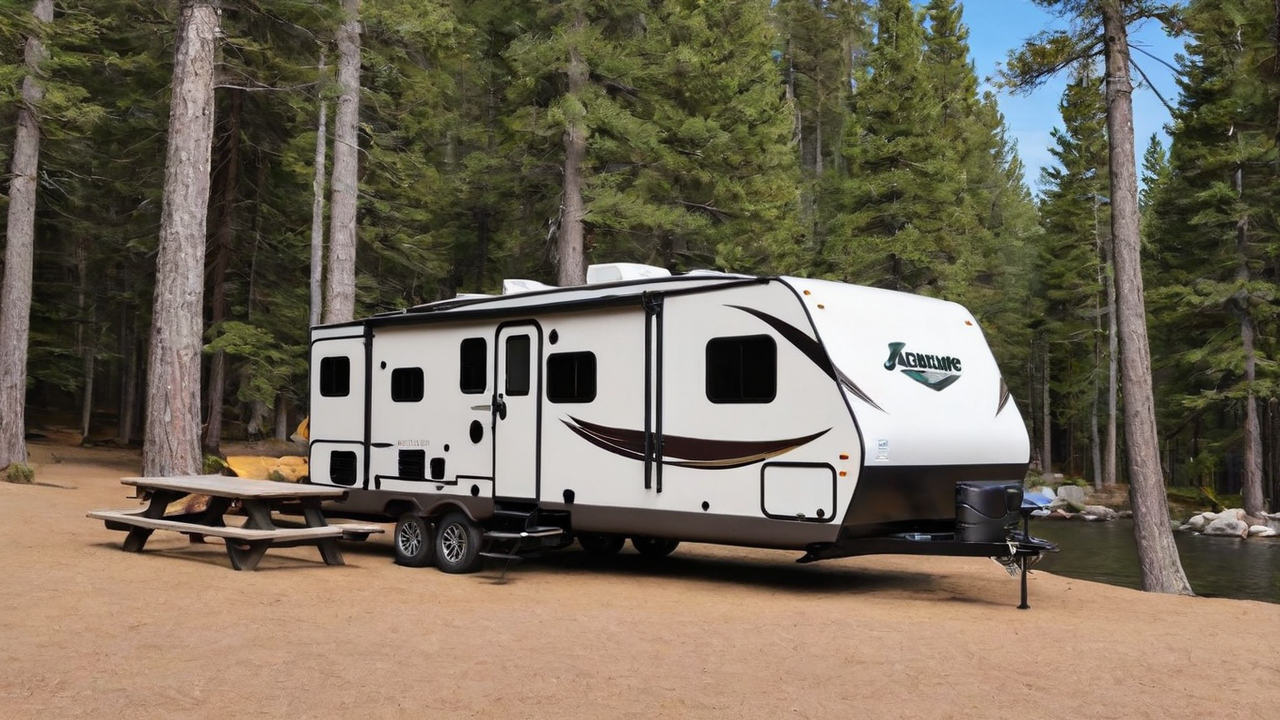Designing the Supreme User Interface: Designing Principles for Campground Programs
Designing the Supreme User Interface: Designing Principles for Campground Programs
Blog Article

Understanding The Users
Knowing whom the intended audience are essential in crafting an efficient user experience. It's crucial to consider their requirements, preferences, and technology savviness. Such insight leads the designing decision, guaranteeing that the program is accessible and intuitive.
Knowing your users also implies recognizing their difficulties and the way they plan to utilize the camping software. This allows designers to customize features and capabilities that meet specific needs, thus making your software not only helpful but also indispensable.
Streamlining the Navigation
Streamlining the navigation system can be one major aspect of interface design. An intuitive menu system ensures visitors can easily find what they're searching for, reducing frustration and enhancing user satisfaction. It's about making the journey inside the app as seamless as possible.
Moreover, a well-designed navigation leads users throughout the application, highlighting features and capabilities that they otherwise would miss. This an method not only enhances usability but also promotes deeper engagement with your campground software's full range of features.
Incorporating High Quality Visuals
Visuals have a crucial part in creating a engaging UI. Visuals help in breaking up text and can convey functions more efficiently than words alone. Selecting the right visuals, symbols, and colors can boost the look of your software, thus making it more visually pleasing to the users.
Additionally, visual consistency is essential for building brand identity and trustworthiness among users. Every component should be in sync with your brand's ethos and the overall message of the application, resulting in a seamless user experience that feels both polished and inviting.
Enhancing Responsiveness
In the current digital world, users expect camping software to be responsive on all platforms, from desktop computers to smartphones. A responsive interface ensures that regardless of what screen size, your software offers an uncompromised user experience. This not only boosts usability but likewise caters to the users’ on-the-go lifestyle.
Moreover, enhancing the responsiveness can also result in better performance, decreasing the loading time and avoiding frustration. Users value a speedy and smooth experience when accessing camping applications, and this makes performance an element in satisfaction levels.
Enhancing the Search
Finding data swiftly is fundamental in any kind of software, especially in campground management. Optimizing your search feature permits users to easily locate what they're searching for, which in turn boosts user experience and efficiency. By incorporating intelligent search features, you can decrease user frustration and increase overall satisfaction.
Additionally, sophisticated search features such as filtering options and tagging can help in narrowing down results, making the process even efficient. Introducing these functionalities demonstrates a understanding of the users' needs and a commitment to making their experience with the campground system as seamless and effective as possible.
Focusing on User Security
Protecting user information is always a top priority when it comes to designing campground software. Users want to feel safe when inputting their private data. Guaranteeing tight security protocols not only secures their information but likewise builds a sense of trust between the user and the brand.
Beyond basic security features like passwords and encryption, consider adding advanced security measures such as two-factor authentication or biometric verification. These features provide an extra layer of security, ensuring that user data is kept safe from unauthorized access.
Leveraging Feedback
Listening to feedback is crucial for continuous enhancement of the campground software. It allows developers to understand what works, what doesn’t, and how the software can be improved to meet the user’s expectations. Actively seeking this type of feedback builds a partnership between your customers and your development team, which makes them feel they are part of the product's journey.
Incorporating this feedback into account can result in noticeable enhancements in UI design and overall user experience. Implementing changes based on actual feedback proves that your brand cares about its customers and is committed to providing a top-notch product.
Maintaining the Simplicity
In the realm of UI design, the principle of simplicity is golden. An overly complicated interface can confuse the users, resulting in an unpleasant user experience. Simplicity, on the hand, helps your software more intuitive and user-friendly. It promotes greater user engagement and satisfaction.
Furthermore, keeping the simplicity should also extend to the content and functionality. Avoiding unneeded features that don’t add real value can help ensure that your interface remains clean free campground management software and focuses on meeting the core needs of your end-users. By doing so, you can craft a more effective UX that appeals with your target audience.
Report this page